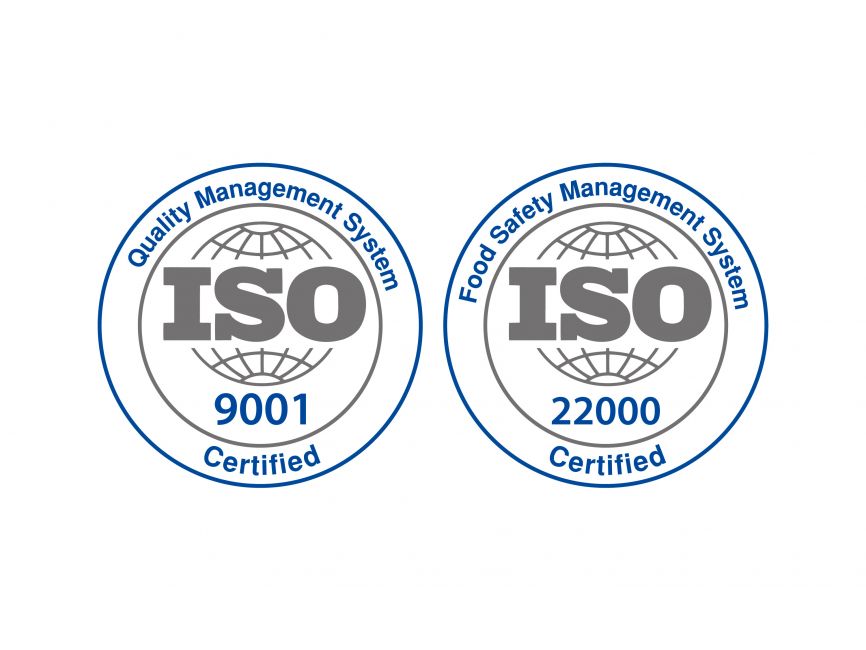"ISO 9001 vs ISO 22000: A Comprehensive Comparison for Better Business Management"
In today's dynamic business landscape, standards have emerged as pillars of quality, consistency, and safety. Two of the most prominent standards that industries around the world adhere to are ISO 9001 and ISO 22000. While both offer a framework for excellence, they cater to different aspects of business management. Whether you're a startup venturing into the vast business ecosystem or an established enterprise looking to refine processes, understanding the nuances between these standards can be pivotal.
ISO 9001: The Gold Standard for Quality Management
Revered as the universal benchmark for quality management across various industries, ISO 9001 focuses on enhancing customer satisfaction and optimizing internal processes. With an emphasis on a process-based approach, this standard nudges organizations towards consistent improvement and offers guidelines that can streamline operations, resulting in satisfied customers and efficient systems.
ISO 22000: Safeguarding the Global Food Chain
While ISO 9001 can be applied universally, ISO 22000 delves deep into the intricate world of food safety. From the farm to the dining table, this standard ensures that every stakeholder in the food production and distribution chain upholds stringent food safety measures. By implementing the HACCP (Hazard Analysis and Critical Control Points) principles, it offers a systematic approach to identify and manage food safety hazards, ensuring that the food we consume is safe and of the highest quality.
Which One is Right for You?
The decision between ISO 9001 and ISO 22000 often boils down to the nature of your business. If you're engaged in the food industry, ISO 22000 becomes indispensable. However, if you're outside the food domain and are more focused on enhancing operational quality, ISO 9001 is your best bet.
To offer a clearer perspective, we've outlined a comparative analysis of these two standards below.
| Aspect | ISO 9001 | ISO 22000 |
|---|---|---|
| Purpose | Quality Management System | Food Safety Management System |
| Scope | All industries | Food chain from farm to fork |
| Main Focus | Customer satisfaction, Process improvement | Food safety throughout the food chain |
| Requirements | - Quality policy - Risk management - Process-based approach - Continuous improvement | - HACCP principles - Communication throughout the food chain - System management - Prerequisite programs |
| Risk Management | Addresses risks and opportunities for improvement | Hazard analysis to identify, evaluate, and control food safety hazards |
| Stakeholders | Relevant to all stakeholders (e.g., customers, employees, suppliers) | Emphasis on interested parties in the food chain (e.g., consumers, retailers, regulators) |
| Documentation | Requires documented information to support processes | Requires documented Food Safety Management System including hazard controls and monitoring |
| Internal Audits | Mandatory requirement for QMS effectiveness | Mandatory with a focus on food safety |
| Management Review | Focus on Quality Management System effectiveness, improvement opportunities, and resource needs | Focus on the Food Safety Management System's suitability, adequacy, and effectiveness |
| Certification | Can be certified by third-party organizations | Can be certified, often by organizations specialized in food safety |
| Continuous Improvement | Emphasized throughout the standard | Emphasized, with an additional focus on updating the FSMS as new food safety issues emerge |
In conclusion, both ISO 9001 and ISO 22000 offer a robust framework for businesses aiming for excellence. By understanding their unique features and benefits, organizations can adopt a standard that aligns best with their vision and operational goals, propelling them towards success in their respective markets.



